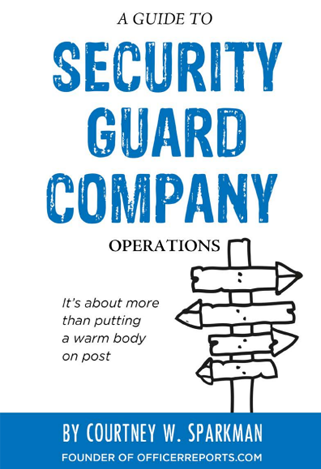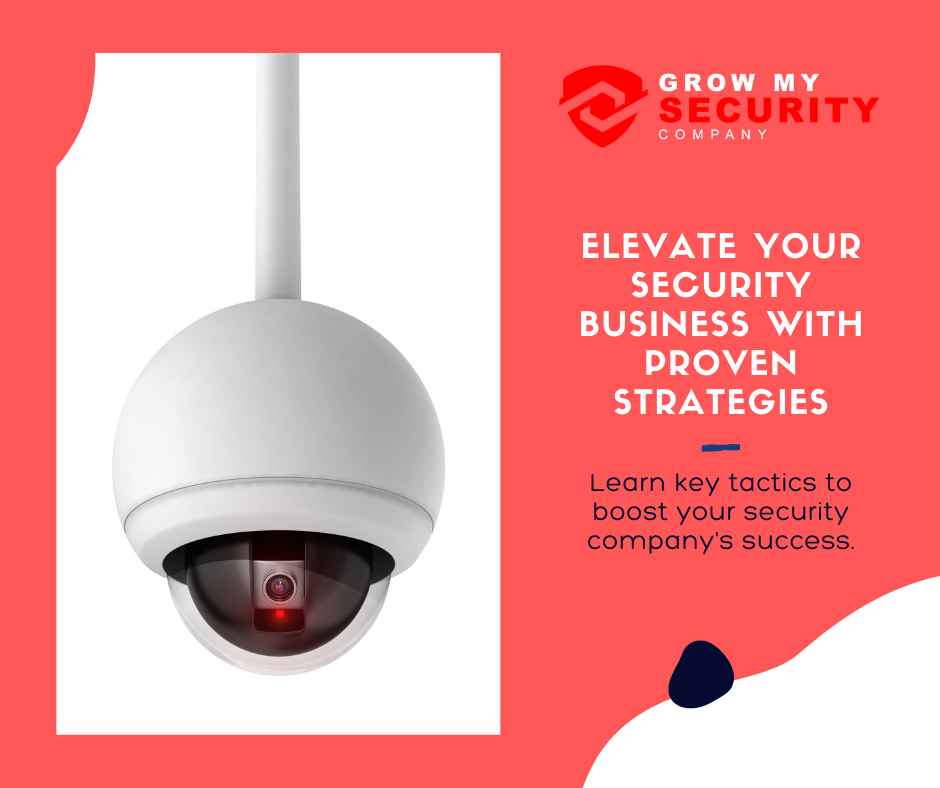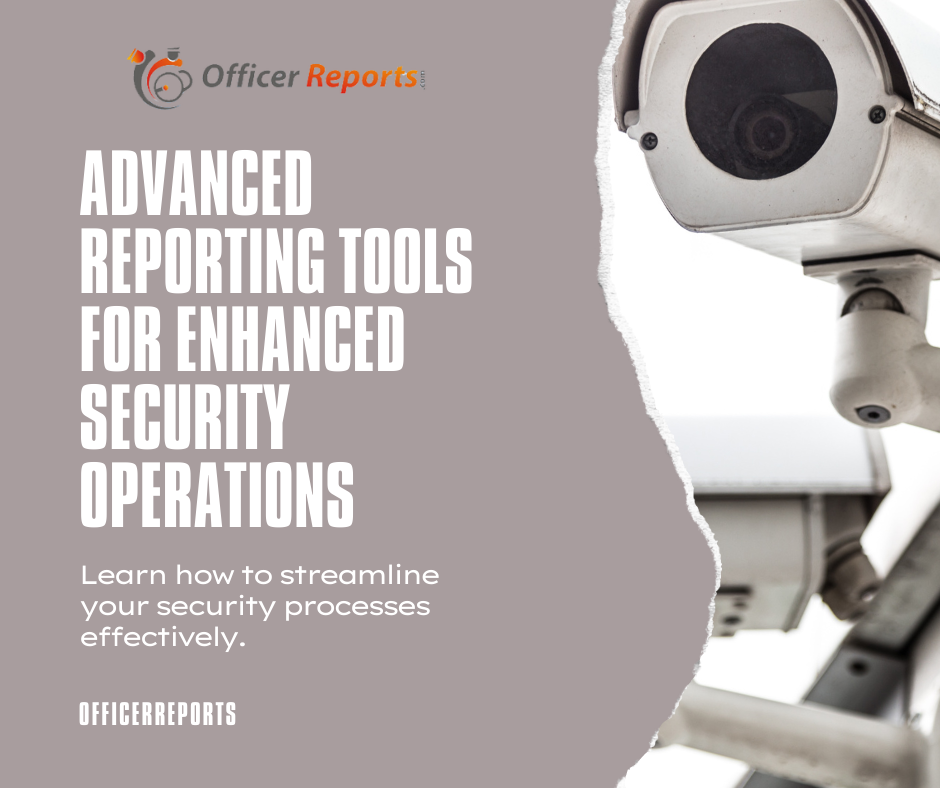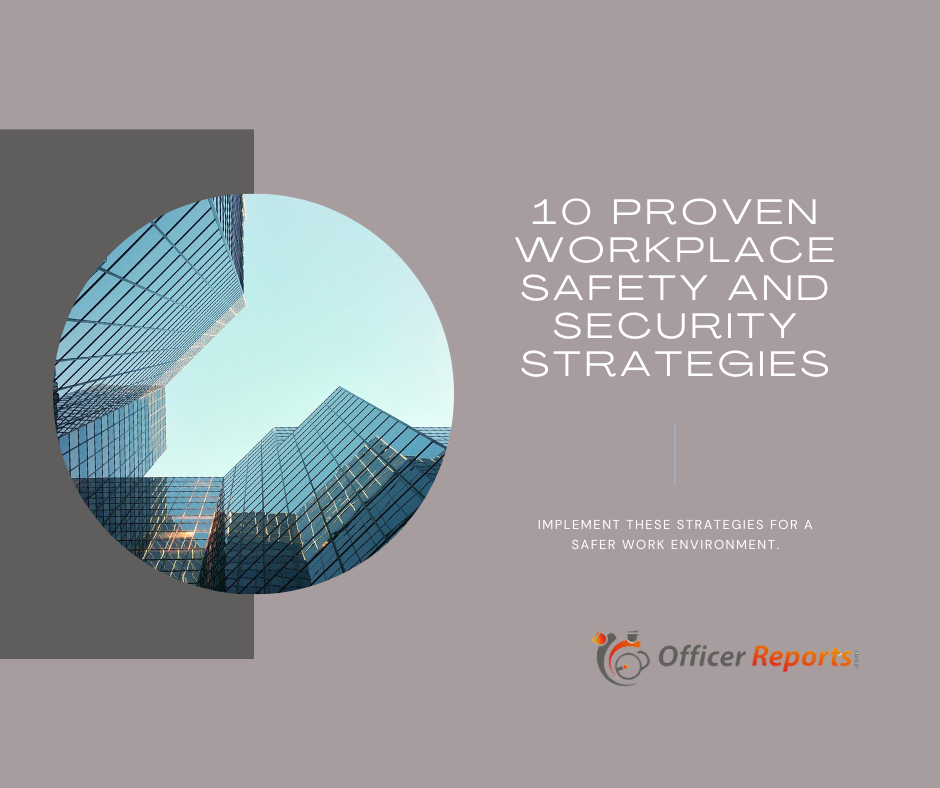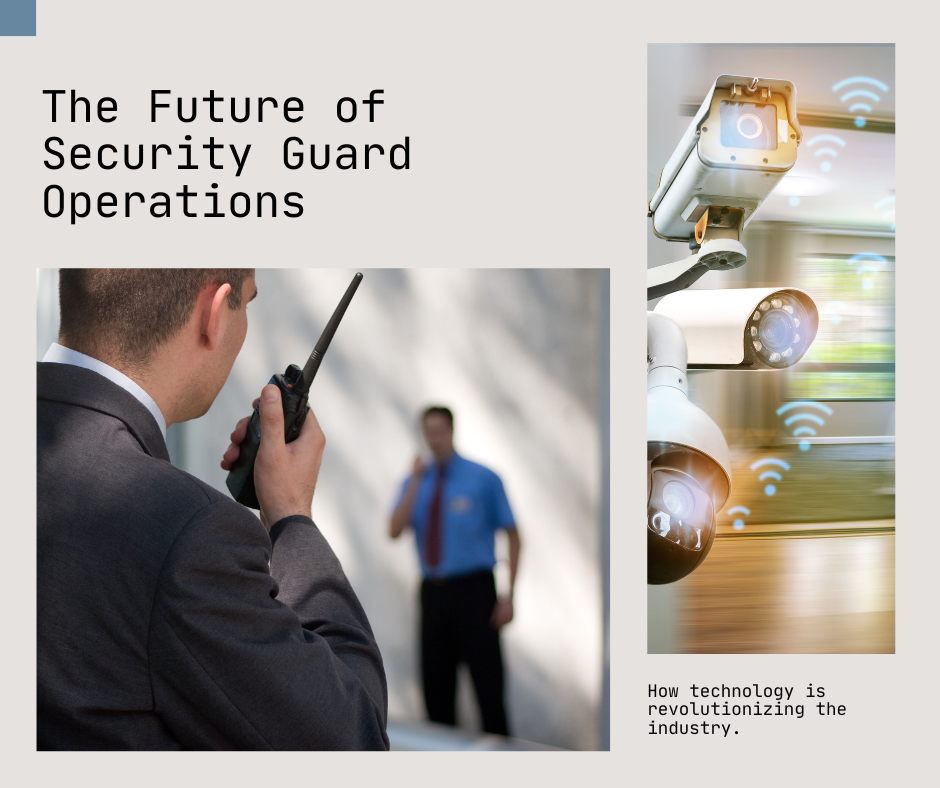
Security technology has become an integral part of modern security operations, enabling security guards to enhance their effectiveness and responsiveness. In this article, we will explore the various technologies used by security guards, focusing on the solutions provided by Officer Reports.
1. Introduction to Security Guard Technology
In today’s dynamic security landscape, technology plays a crucial role in ensuring the safety and security of assets, individuals, and premises. Officer Reports is at the forefront of providing innovative security solutions that empower security guards with cutting-edge technologies.
2. Surveillance Systems Used by Security Guards
Surveillance systems, such as CCTV cameras equipped with advanced video analytics, allow security guards to monitor premises effectively and detect potential threats in real-time.
3. Communication Tools for Security Guards
Security guards rely on two-way radios and mobile apps to communicate efficiently, coordinate responses, and report incidents promptly.
4. Access Control Technologies
Key cards, biometric systems, and visitor management solutions help security guards manage access to secured areas and track individuals on-site.
5. GPS Tracking and Patrol Monitoring
GPS-enabled devices and software solutions enable security guards to track patrol routes, optimize schedules, and ensure thorough coverage of designated areas.
6. Incident Reporting and Management Software
Digital platforms streamline incident reporting processes, facilitate data analysis, and improve decision-making for security management.
7. Training and Simulation Technologies
Virtual reality simulations and online training platforms equip security guards with the necessary skills and knowledge to handle diverse security scenarios effectively.
8. Drone Technology in Security Operations
Drones are increasingly used for aerial surveillance, monitoring remote areas, and enhancing situational awareness for security personnel.
9. Biometric Identification and Authentication
Biometric technologies, such as facial recognition and fingerprint scanners, strengthen access control measures and identity verification processes.
10. Artificial Intelligence in Security Solutions
AI-powered algorithms enable predictive analysis, anomaly detection, and automated responses, augmenting the capabilities of security teams.
11. Integrating IoT Devices for Enhanced Security
IoT sensors and smart devices provide real-time data on environmental conditions, equipment status, and security breaches, enabling proactive risk mitigation.
12. Cybersecurity Measures for Security Systems
Ensuring the cybersecurity of security systems is paramount, with robust protocols in place to protect against cyber threats and unauthorized access.
13. Trends and Innovations in Security Technology
Ongoing advancements in security technology, including AI, IoT, and cloud-based solutions, are driving innovation and shaping the future of security operations.
14. Challenges and Considerations in Adopting New Technologies
While adopting new technologies offers numerous benefits, security organizations must address challenges such as cost, training, and cybersecurity risks to maximize their effectiveness.
15. Conclusion
In conclusion, the integration of technology into security guard operations has revolutionized the industry, empowering security teams with advanced tools and capabilities. Officer Reports continues to lead the way in delivering comprehensive security solutions that leverage the latest technological innovations.
FAQ’s
- How does Officer Reports ensure the security of its technology solutions?
- Officer Reports employs robust security measures such as encryption, access controls, and regular security audits to safeguard its technology solutions against cyber threats and unauthorized access. Additionally, the company adheres to industry best practices and compliance standards to ensure the highest level of security for its clients’ data and systems.
- Can security guards customize their use of technology based on specific requirements?
- Yes, security guards can customize their use of technology based on specific requirements and operational needs. Officer Reports provides flexible solutions that allow for customization of features, settings, and workflows to meet the unique needs of each security team. This ensures that security guards can leverage technology effectively to enhance their performance and productivity.
- What are the key benefits of using drones in security operations?
- Using drones in security operations offers several key benefits, including:
- Aerial surveillance for comprehensive coverage of large areas and hard-to-reach locations.
- Real-time monitoring of incidents and emergencies, enabling rapid response and decision-making.
- Cost-effective deployment compared to traditional surveillance methods, reducing operational expenses.
- Enhanced situational awareness and data collection capabilities for improved security outcomes.
- Using drones in security operations offers several key benefits, including:
- How does biometric authentication enhance access control for security guards?
- Biometric authentication enhances access control for security guards by providing a highly secure and reliable method of verifying identities. Biometric technologies, such as fingerprint scanners and facial recognition systems, ensure that only authorized personnel can access secured areas or systems. This reduces the risk of unauthorized access, identity fraud, and security breaches, enhancing overall security posture.
- What role does training play in maximizing the effectiveness of security technology?
- Training plays a crucial role in maximizing the effectiveness of security technology by:
- Ensuring that security personnel are proficient in using technology tools and systems.
- Enhancing awareness of security threats, best practices, and protocols for responding to incidents.
- Improving the ability to analyze and interpret data generated by security technology for informed decision-making.
- Fostering a culture of security consciousness and proactive risk management among security teams.
- Training plays a crucial role in maximizing the effectiveness of security technology by:


